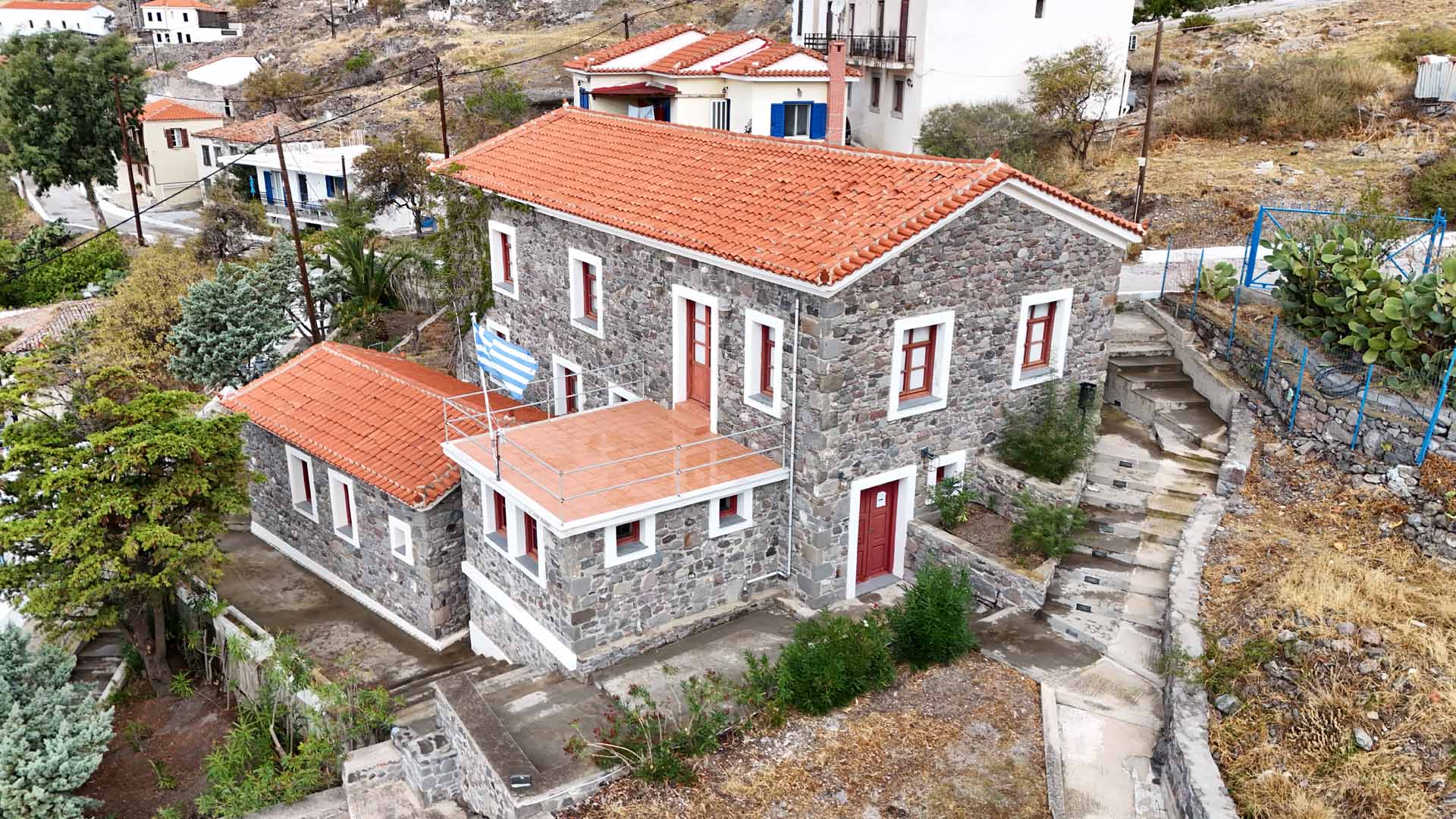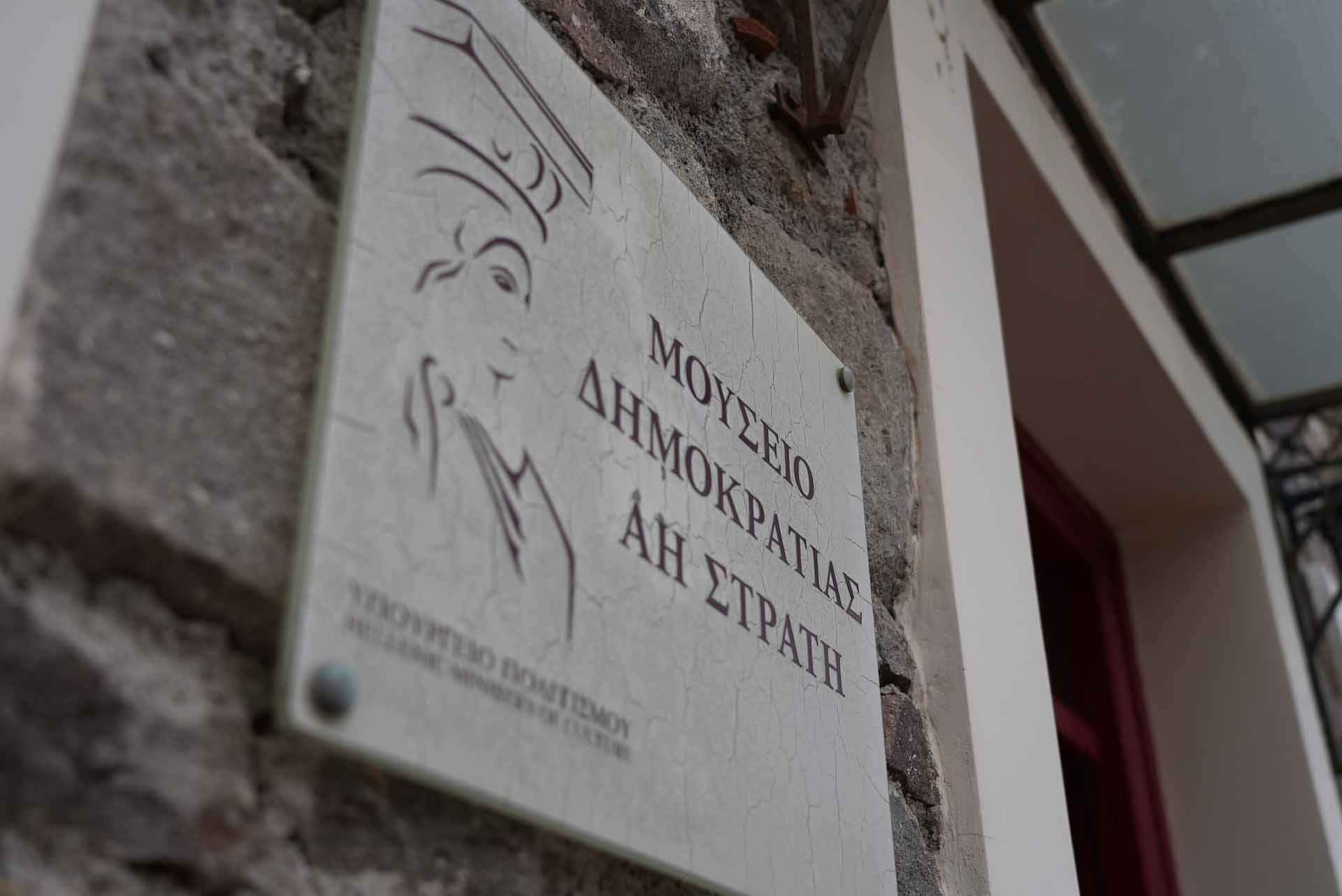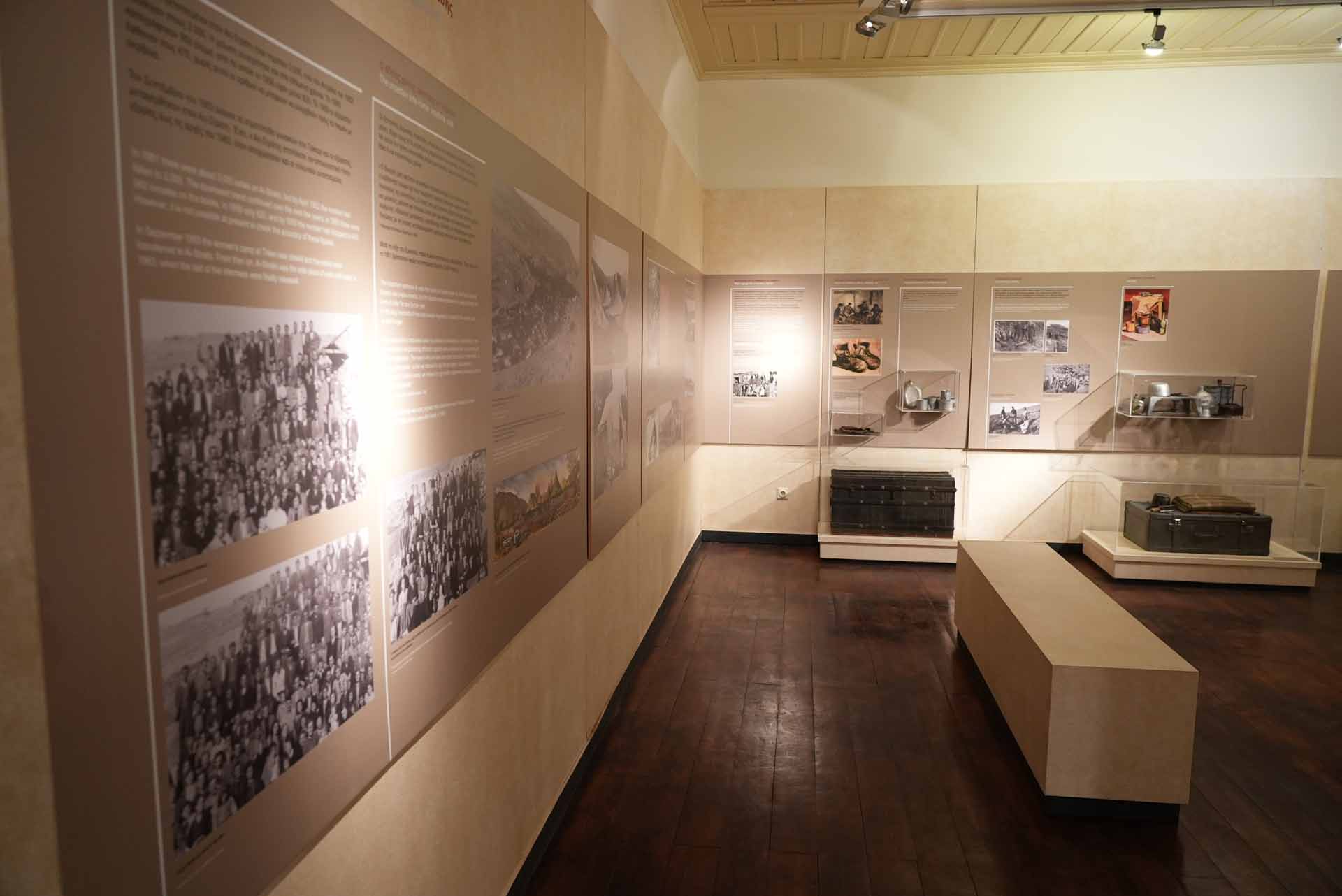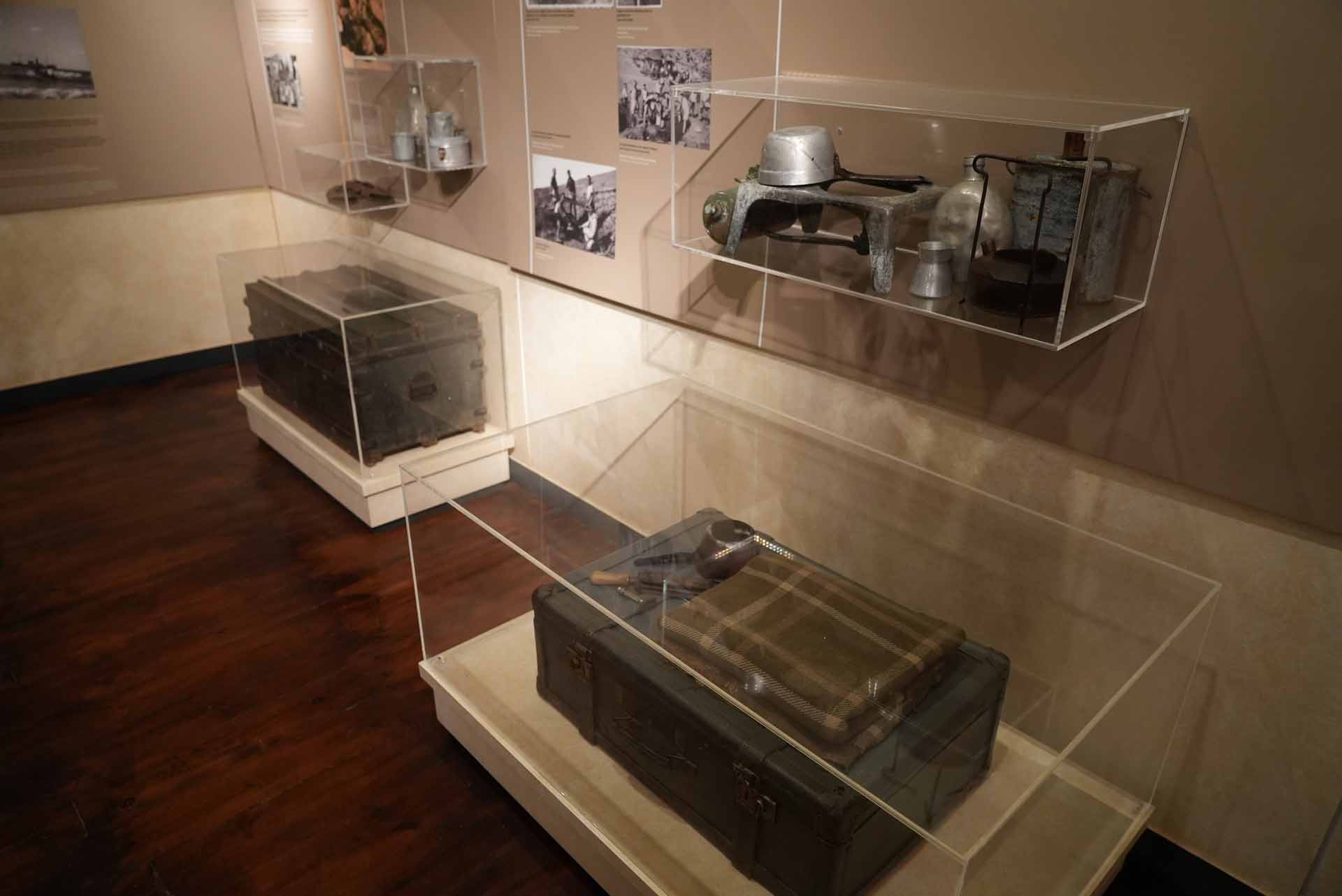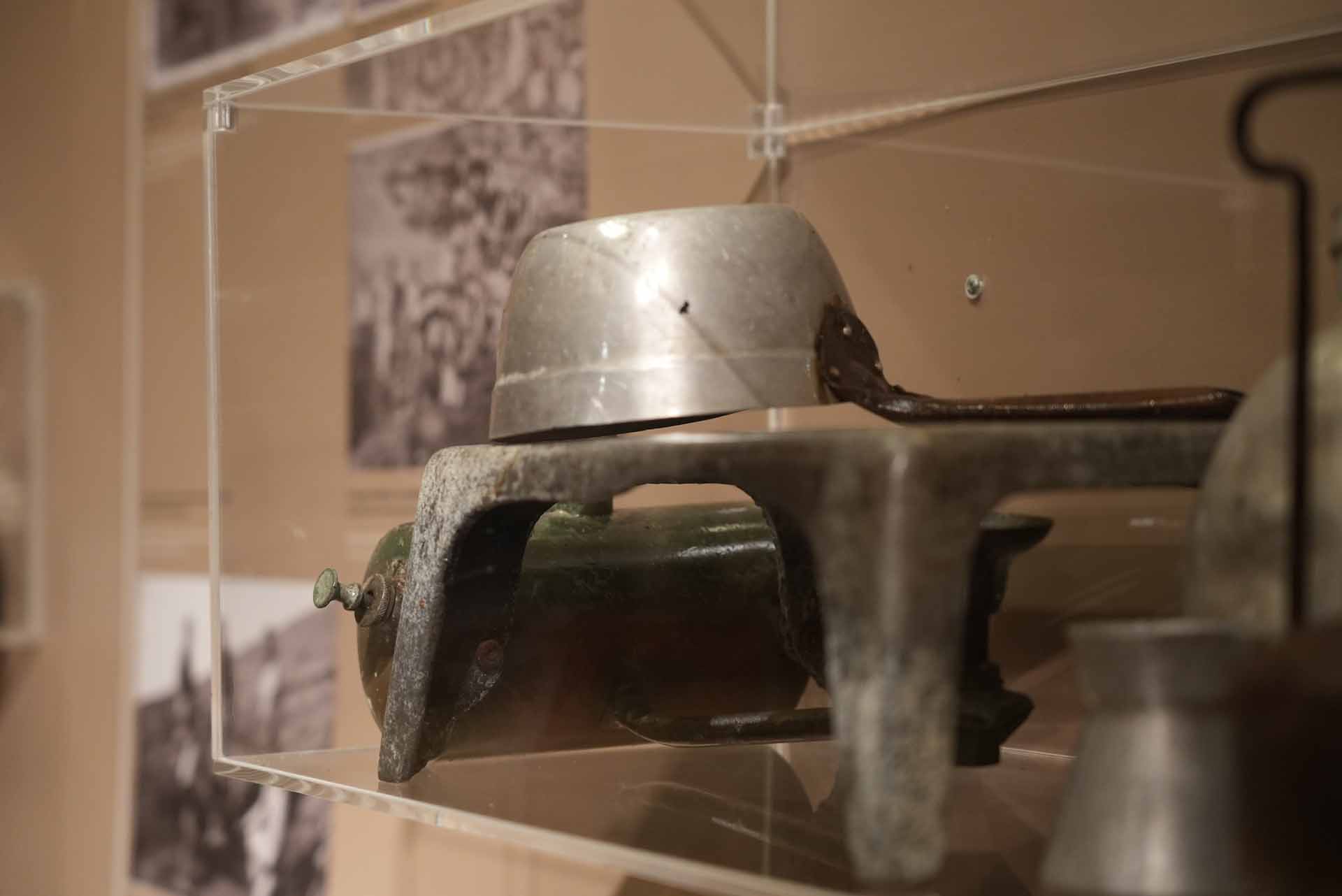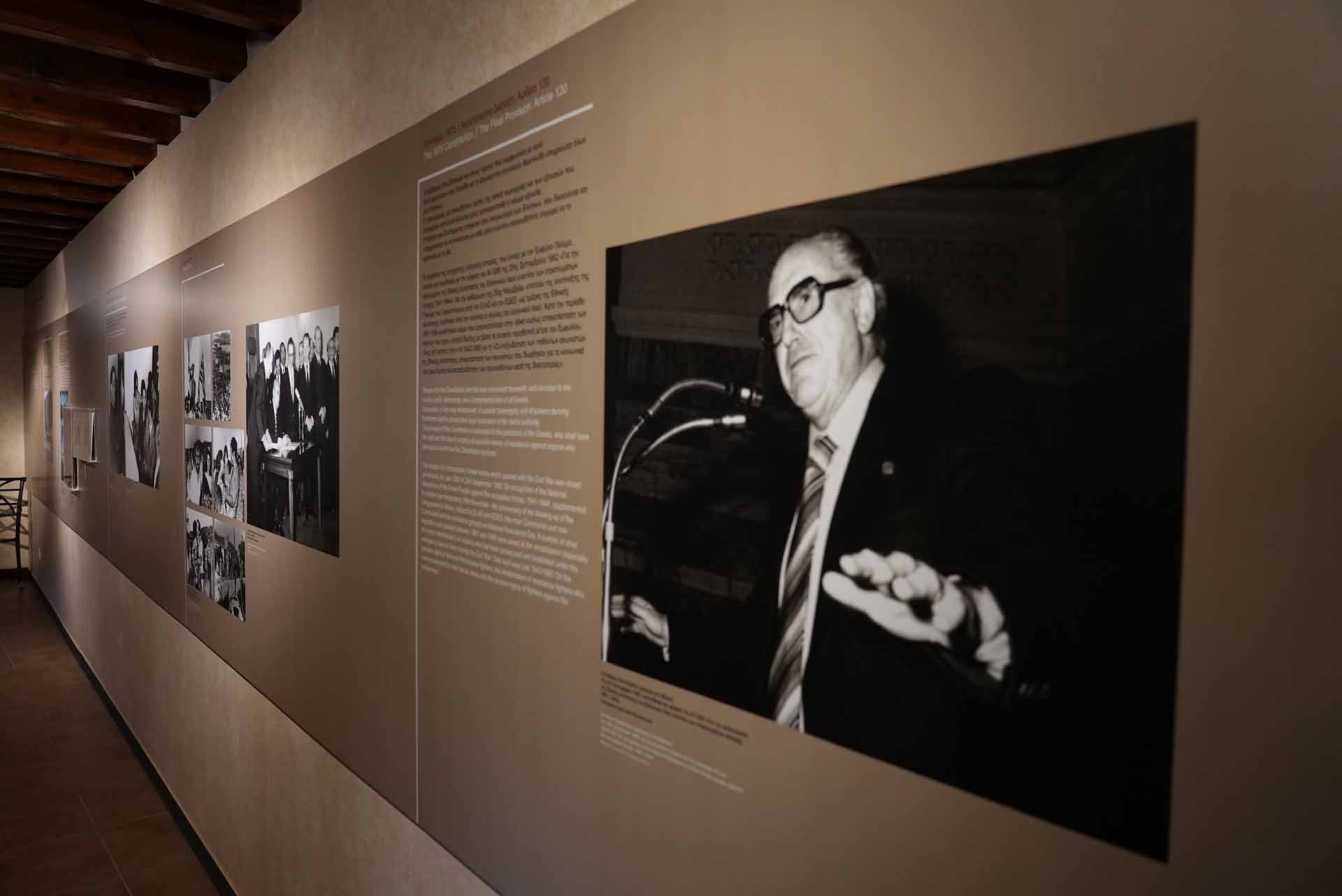The island of Agios Efstratios, although small in size, became the scene of one of the most tragic chapters in recent Greek history. Like many other Aegean islands, Agios Efstratios was designated as a place of exile for thousands of people during the tumultuous decades of the Greek civil war. For this reason, one of the few museums in Greece dedicated to the subject of exile is housed in the old school building of the island, serving as a space of remembrance and education for its visitors.
The headquarters of the Museum is the former elementary school of Agios Efstratios, which was founded at the end of the 19th century thanks to the contribution of the “Saint Eustratius” Brotherhood of Egypt. The school operated until 1909, when the island’s new educational institution, the “Maraśleios – Logotheteios” School, was completed. The space gained a new purpose when exiles arrived on the island, as it was repaired and operated as a sanatorium until 1962 (or until 1968, when the great earthquake hit Agios Efstratios). During these years of exile, particularly in the early years of the German occupation, the exiles housed in the sanatorium were isolated from the rest of the community by the local gendarmerie and were not provided with food until they expressed repentance and a change in their beliefs. Due to starvation, more than 30 people lost their lives. Despite this, it is also believed that a more positive event took place in the same space: a successful cesarean section during the years of exile.
The years between the 1960s and the much more recent 2005 saw the building go without any significant use. In 2005, the process of restoring the space began, in order to house the Democracy Museum and the exhibits collected by the Directorate of Modern Cultural Heritage of the Ministry of Culture.
The exhibition space is organized in such a way as to narrate both the history of the building and the establishment of the island as a place of exile, chronologically, from the implementation of the “Idionymo” law to the abolition of the political prisoner camps. Among the exhibits are tools and items from the daily life of the exiles, as well as musical instruments and works of art that reflect the vibrant artistic nature of many of them. Although the size of the museum is not particularly large, the descriptive texts accompanying the exhibits help create a detailed image of the region’s past in the visitor’s mind.




